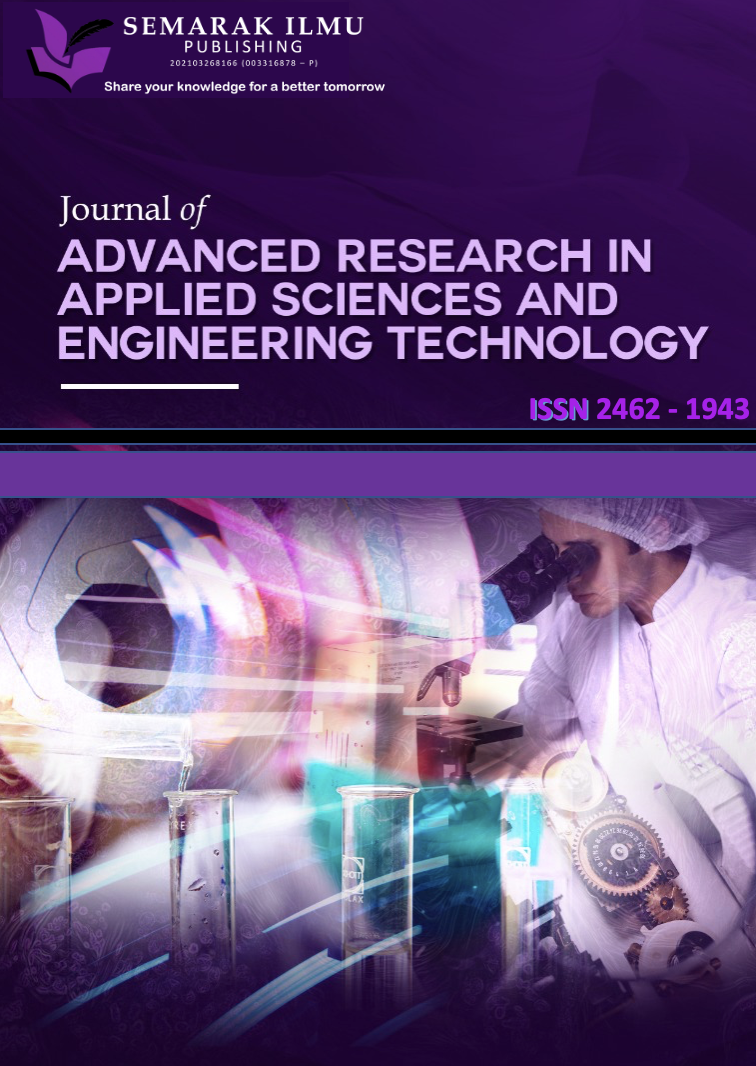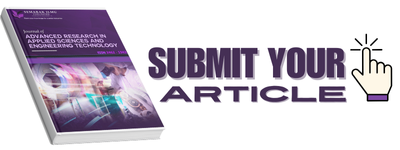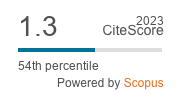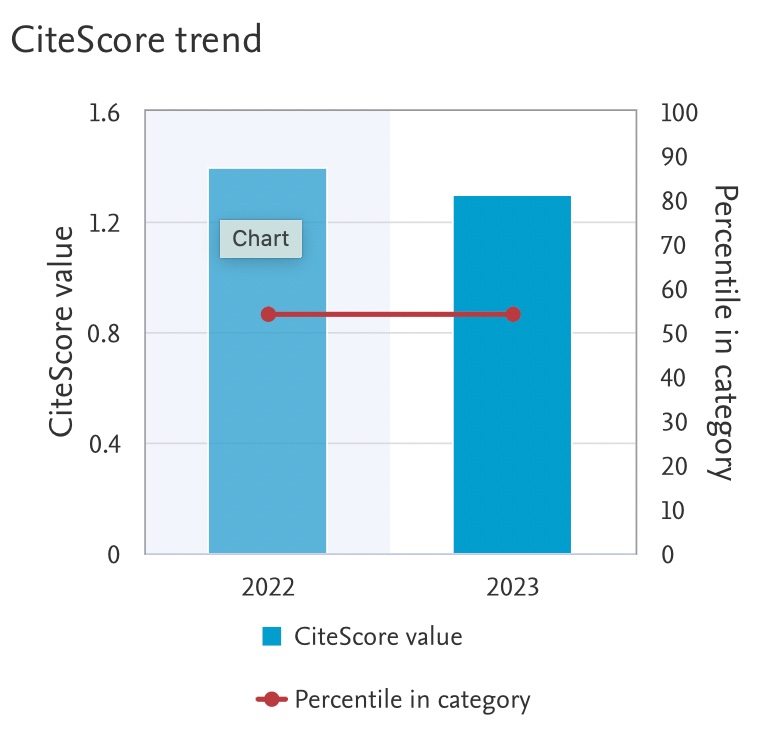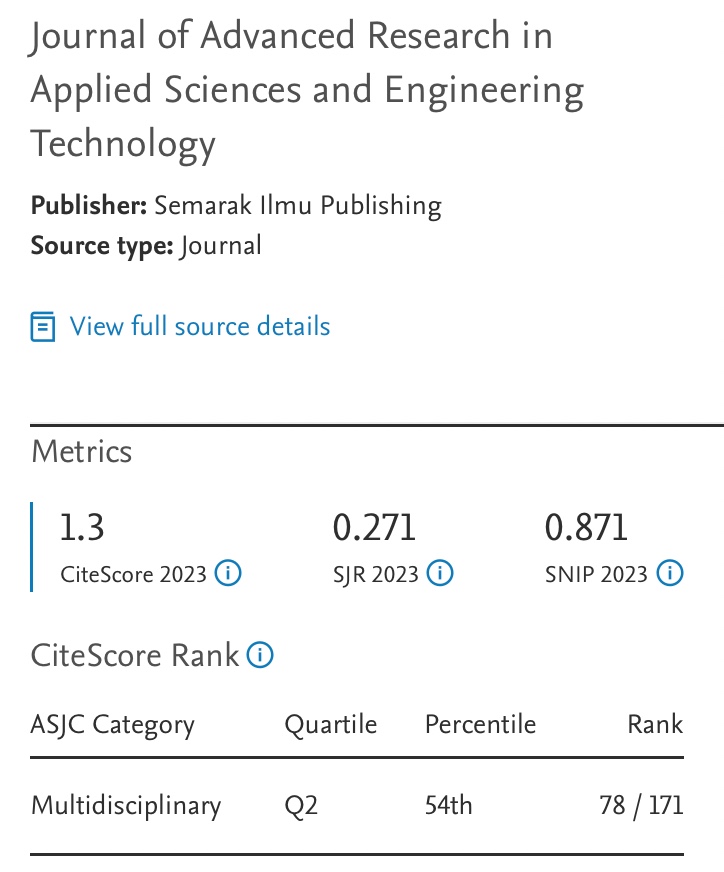An Accurate Classification for Human Sport Activity Recognition from Sensor Data using Hybrid Machine Learning Models
DOI:
https://doi.org/10.37934/araset.52.1.6888Keywords:
Machine learning, human sport activity recognition, gyroscopes sensor, data splitting, data normalizationAbstract
The significance of human sports activities recognition (HSAR) in many computing applications, including sports analytics, smart surroundings, and healthcare monitoring is huge. The current use of vision sensors for HSAR is a difficult task due to the intricate movements involved in sports and fitness workouts, as well as fluctuations in illumination conditions. Therefore, a comprehensive review of machine learning algorithms (such as XGBoost, Random Forest (RF), Decision Trees (DT), and K-Nearest Neighbors (KNN)) and their usage for human sports activities classification based on sensor data called ML-HSAR is presented in this article. A dataset containing 19 different human activities gathered from 8 different people through different types of sensors was used for this work; the dataset contains activities like sitting and standing, as well as other activities that require serious movements, such as running, cycling, and playing basketball. This study primarily aims to determine the performance of the considered ML models in accurately classifying these activities found in the dataset. The training of the algorithms and the subsequent evaluation were done on the segmented sensor data, effectively leveraging the dataset’s temporal aspect. In addition to the presented results for each of these algorithms, the limitations of each algorithm and their strengths in handling the complexities involved in HSAR were also presented. The contribution of this analysis is towards the understanding of the most appropriate ML models for HSAR tasks; it also offers valuable insights for future research and practical applications.
Downloads






